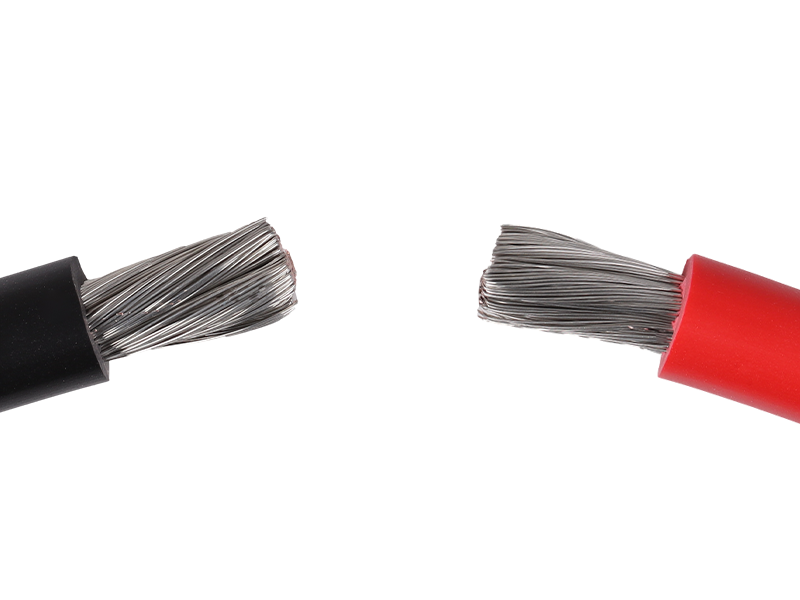Johnny Doe
New Member
- Joined
- Nov 3, 2022
- Messages
- 1
Hi,
I have recently bought a Victron Phoenix 12/1200 inverter and want help finding correct size for a external fuse on the positive wire, there is already a internal 200A MIDI 32V fuse inside the inverter.
I'm planning on using a AWG2 (~35mm2) wire to my Victron Phoenix 12/1200 inverter which is recommended in the manual if wire length is longer than 1,5 meters. My wire will be much shorter, but I want to minimize power losses.
Datasheet
Manual
Inverter specifications:
Voltage = 12V
Continuous power = 1000W
Peak power = 2200W
Max efficiency = 91%
1) What is the max current a 2 AWG wire can handle? I have seen everything from 125-200A on the internet.
2) Should I size my fuse for cont. power or peak power?
(1000 / 12) * 0,91 = 75,83A
75,83 * 1,25 = 94,78A
(2200 / 12) * 0,91 = 166,83A
166,83 * 1,25 = 208,54A
3) What kind of fuse should I use? Mega, ANL or T fuse? Why?
I have recently bought a Victron Phoenix 12/1200 inverter and want help finding correct size for a external fuse on the positive wire, there is already a internal 200A MIDI 32V fuse inside the inverter.
I'm planning on using a AWG2 (~35mm2) wire to my Victron Phoenix 12/1200 inverter which is recommended in the manual if wire length is longer than 1,5 meters. My wire will be much shorter, but I want to minimize power losses.
Datasheet
Manual
Inverter specifications:
Voltage = 12V
Continuous power = 1000W
Peak power = 2200W
Max efficiency = 91%
1) What is the max current a 2 AWG wire can handle? I have seen everything from 125-200A on the internet.
2) Should I size my fuse for cont. power or peak power?
(1000 / 12) * 0,91 = 75,83A
75,83 * 1,25 = 94,78A
(2200 / 12) * 0,91 = 166,83A
166,83 * 1,25 = 208,54A
3) What kind of fuse should I use? Mega, ANL or T fuse? Why?





